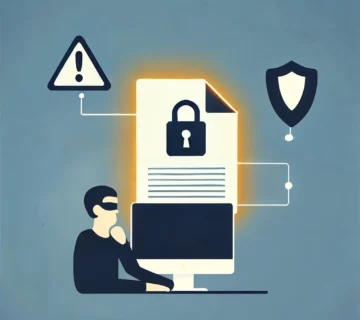
PDF Malware – A Hidden Threat in Everyday Files
PDF malware is a stealthy cyber threat that hides malicious code within seemingly harmless PDF documents. Cybercriminals use these infected files to exploit vulnerabilities in PDF readers or trick users into clicking embedded links or executing harmful scripts. Since PDFs are widely trusted and used for business, invoices, contracts, and reports, they provide an ideal disguise for attackers to deliver malware undetected. Once opened, the malware can install spyware, ransomware, or remote access tools, compromising data and systems without raising immediate suspicion. Businesses and individuals must stay alert by scanning PDF attachments, avoiding files from unknown sources, and keeping PDF reader software up to date. Using email filters, sandboxing tools, and endpoint protection can further reduce the risk. As attacks become more advanced, recognizing and defending against PDF malware is essential for maintaining cybersecurity and preventing data breaches.
